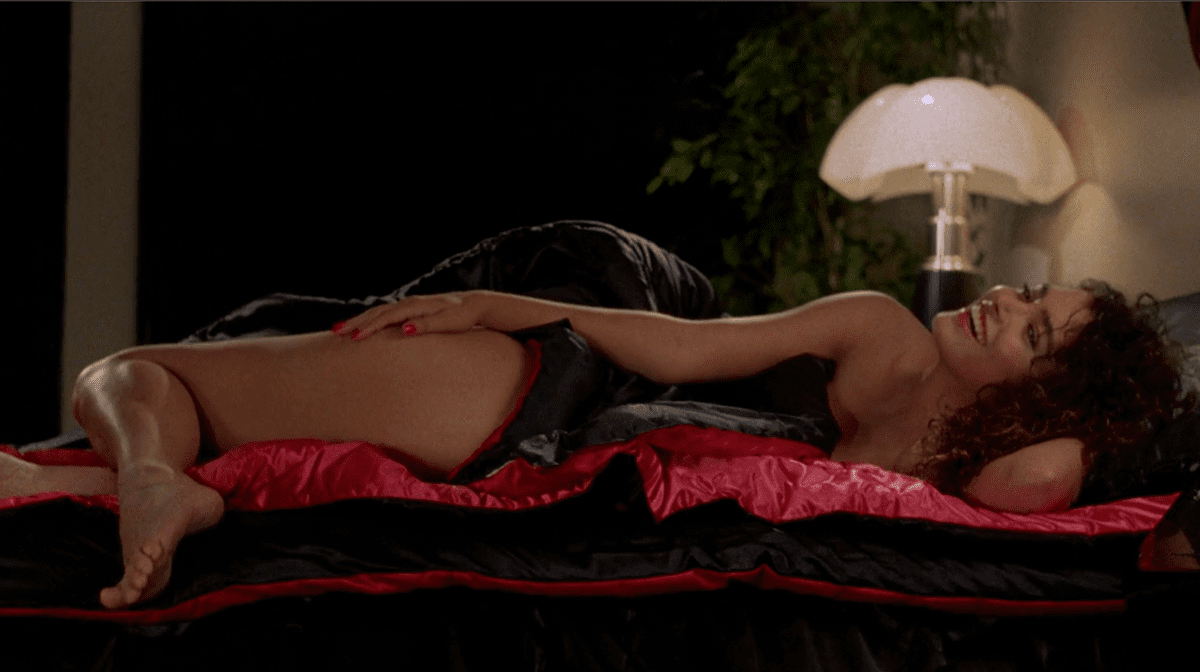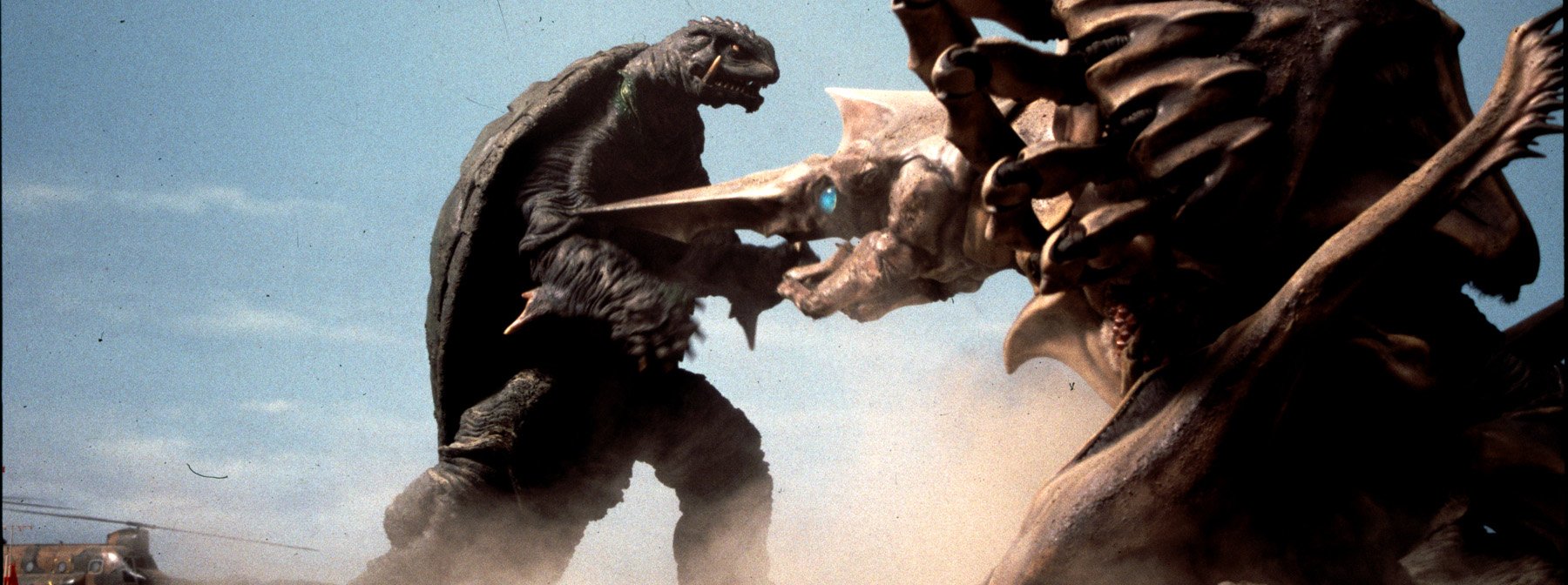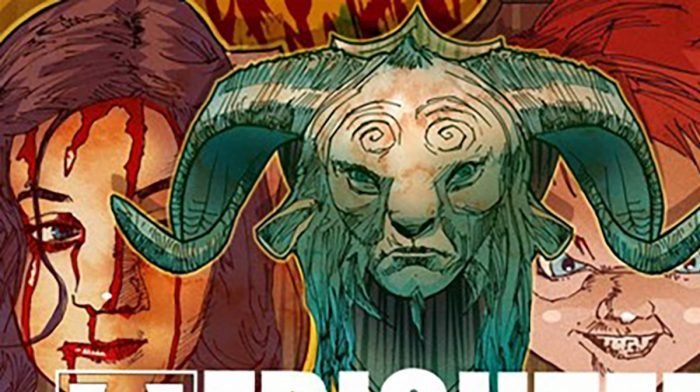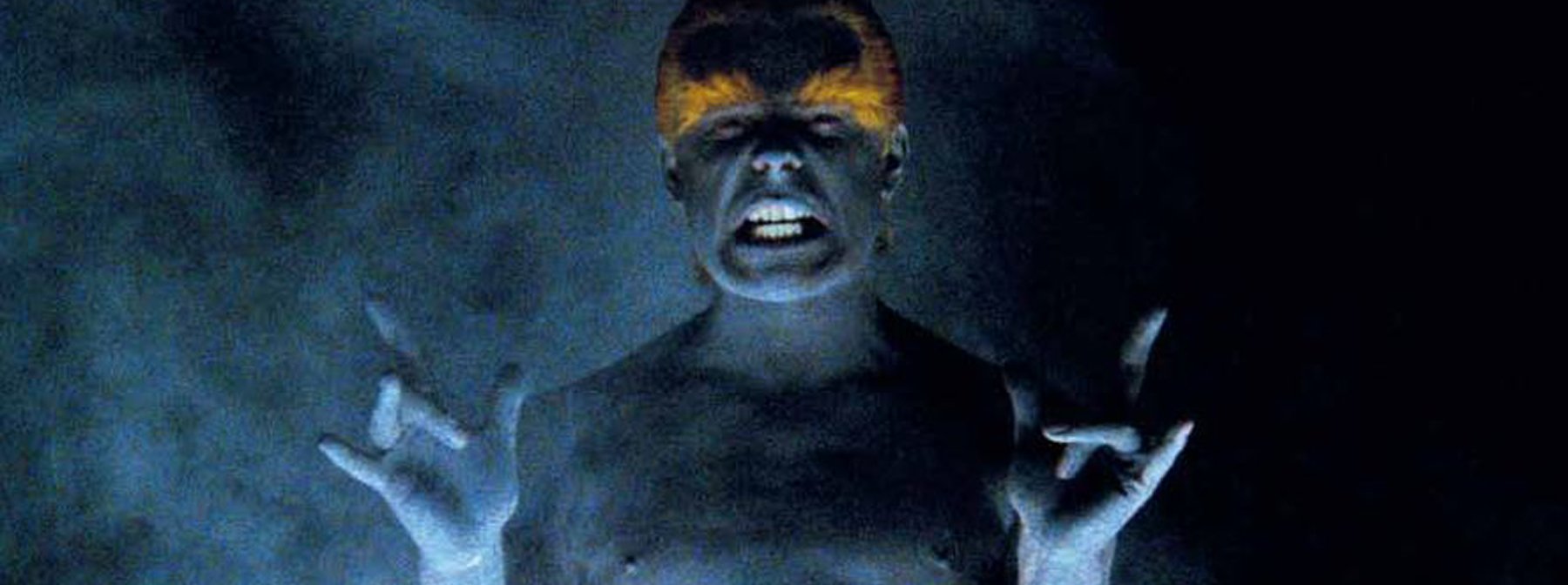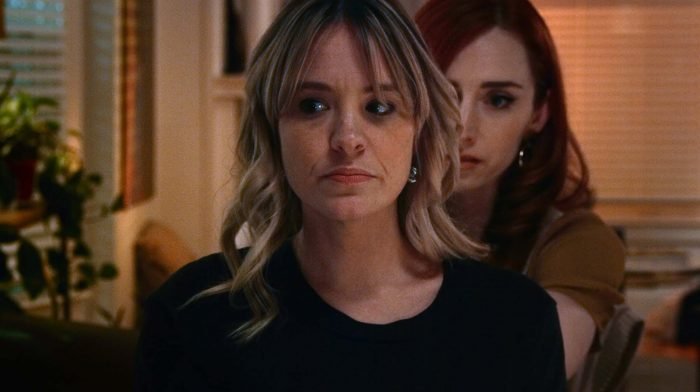“Let me show you what you’ve made me into.” ― Sook-hee, The Villainess (2017)
From Uma Thurman’s Bride in Quentin Tarantino’s Kill Bill volumes (2003-2004) to Joey King’s most recent fairytale ass-kicker in Le-Van Kiet’s The Princess (2022) [1], the past twenty years have seen some ‘killer’ examples of women seeking retribution. There’s more than the last seduction and pretty poison at play here with the modern femme fatale; and although QT’s anti-heroine didn’t quite make this cut many on the list share the thrill of the action via a fistful of vengeance (or straight-up murder) while others shock us with more horrific traits…
10. Mary Mason ― American Mary (2012)
Actress Katharine Isabelle is somewhat of an overlooked Horror Queen having played numerous killer females over the years, most notably her role as the eponymous werewolf ‘Ginger’ in Ginger Snaps (2000). The Soska Sisters’ debut feature ― ‘Twisted Twins’ Jen and Sylvia ― showcases Isabelle as another titular villainess; a medical student who descends into the world of underground surgeries. To say it will leave you ‘hanging’ would be an understatement in skirting around how far her ‘procedures’ go under her spiralling mental state.
9. Jen ― Revenge (2017)
Coralie Fargeat’s bloodsoaked rape-revenge thriller is a glossy exploitation piece that harkens back to I Spit on Your Grave (1978) and French Extremity. Another female directorial debut [2], Fargeat’s film is an economical and tightly wound piece of work that makes the most of its harsh sun-drenched location. Matilda Lutz’s lead performance as Jen is completely sympathetic; her naivety ― playing the socialite’s mistress ― part of the commentary on how much she has become just a material possession and part of an excessive lifestyle she has adopted or been adopted into. What unfolds is an experience that challenges the subgenre, replacing the grit and grime with lavish settings and cinematography that takes its central (heinous) act very seriously, while simultaneously still managing to present a slick piece of cinema.
8. Claire ― The Stylist (2020)
Based on her 2016 short, Jill Gevargizian’s first feature film cuts deep. Reprising the lead role as Claire, Najarra Townsend’s (disturbingly) sympathetic performance explores the insecurities at play as she obsesses over her client’s lives (and hair) before spiralling into her murderous routine and ritual. It is made all the more unbearable set within such familiar surroundings as Claire’s small talk and subsequent scalping during the first five minutes sets the tone for the rest of the film. But this isn’t just a story that revels in the gore but instead provides a strangely sympathetic if not severely twisted look at loneliness, social anxieties and fitting into the world; all of which is perfectly captured through Nicholas Elert’s original score.
7. May Dove Canady ― May (2002)
This Frankenstein tale is a quirky mix of angst-ridden black humour and horror that plays as a love letter to all the weird sisters out there. Much like hair stylist Clare, May is a young woman crippled with social anxiety projecting her negative energy onto a doll; a sense that she is not fully formed and lacks identity as an outsider. Angela Bettis delivers a multi-layered performance that once again delves into morbid artistry and rituals. It isn’t until May is left broken and betrayed that she ‘makes’ a new friend. Women are often at the forefront of Lucky McKee’s films; The Woman (2011) [3], in particular ― much darker in tone ― making no apologies in its representation of female abuse and male ‘predatory’ behaviour.
6. Justine ― Raw (2016)
Although Julia Ducournau had previously co-directed the TV movie Mange (2012) her first solo effort, Raw, certainly delivers a fair amount to chew on. As a strict vegetarian Justine’s actions ― sparked by a fresher ritual ― become increasingly disturbing when she not only develops a craving for meat but eventually cannibalism. This isn’t the outlandish feast you would expect, Garance Marillier’s unsettling performance full of nuance as she picks at her ‘finger food’ and figures out how (at first) she is to eat her unprepared food. This is, as intended, an unforgettable watch that leaves you with an odd aftertaste.
5. Aileen Wuornos ― Monster (2003)
Patty Jenkins’ first film guides an Oscar-winning performance from an unrecognisable (almost possessed) Charlize Theron in her darkest role to date [4]. As ‘America’s first female serial killer’ Wuornos killed seven men over a 12-month period from 1989 to 1990, receiving six death sentences. Monster doesn’t ask for her forgiveness ― she showed zero remorse ― but raises those disturbing questions about humanity we often face when watching such films. It is too much to unpack here ― Wuronos’ actions linked to rape and abuse ― but if you want to study further then watch Nick Broomfield’s documentaries, Aileen Wuornos: The Selling of a Serial Killer (1992) and Aileen: Life and Death of a Serial Killer (2003). Not only do they make a depressing triple bill, hopefully cementing your views on Wuornos, but also question the death sentence and the US prison system.
4. The Female ― Under the Skin (2013)
What makes Jonathan Glazer’s (loose) adaptation of Michel Faber’s novel from 2000 all the more disturbing is how it was filmed. Forever the experimenter, a lot of the concepts at play, both visually and narratively, bear closer resemblance to his work in commercials; his artistic approach to technique and process leading to the idea of having an unscripted Scarlett Johansson drive around Glasgow picking up her victims while filmed on hidden cameras. Most would compare the film to Nicolas Roeg’s The Man Who Fell to Earth (1976), Johansson sharing the vacancy of Thomas Jerome Newton in one of her best performances to date. Flipping male ‘predatory’ behaviour, as she hunts and processes (male) meat her cold and calculated actions can’t help but raise intriguing questions on the fear of female sexuality.
3. Esther ― Orphan (2009)
Spanish-American director Jaume Collet-Serra’s superb ‘little’ horror is a top-tier killer female movie with a unique twist. The film inherits the Spanish conventions of bringing children to the forefront of the narrative while also tapping into the iconography of films such as Don’t Look Now (1973), Alice, Sweet Alice (1976) and The Omen (1976), while still standing completely on its own. Most of this is down to Isabelle Fuhrman’s striking breakthrough as Esther (only eleven years of age at the time) who manages to capture a complex range of emotions that elevates the film beyond your standard horror and representations of demonised children. Prequel, Orphan: First Kill, is currently on release at cinemas and Paramount+ with an adult Fuhrman returning to the role.
2. Lola ‘Princess’ Stone ― The Loved Ones (2009)
Tagline ‘Pretty in Pink meets Wolf Creek’ perfectly sums up Tasmanian director Sean Byrne’s nightmarish prom-com. Robin McLeavy was unfamiliar to the horror genre at the time (and admittedly squeamish), only reinforcing how superb she is as the main antagonist. What sets the unhinged ‘Princess’ apart from most is in how twisted she has become; at first perceived to be an innocent (needy) teen but, more disturbingly, a ‘daddy’s girl’ broken by the love of an Ozzy chainsaw massacre we would expect from such an incestuous nature. Lola’s actions are all the more difficult to watch ― diffused slightly by a splatter of comedy ― due to how sympathetic her victim, Brent, is. Having already suffered the trauma of his father’s death while at the driver’s wheel, he has already spiralled into his own torture of self-harm, but it is through Lola and her father’s torture he finally realises how much his life matters. There are inevitable comparisons to Eli Roth coupled with more demented echoes of Carrie (1976) and Misery (1990), but if you want to find the perfect torturous double bill, follow up The Loved Ones with Hounds of Love (2016).
1. Sook-hee / Chae Yeon-soo ― The Villainess (2017)
While also sharing some thematic (and stylistic) similarities to Kill Bill and Park Chan-wook’s Oldboy (2003), director Byung-gil Jung’s action-thriller shares most of its parallels with Luc Besson’s La Femme Nikita (1990), which was, admittedly, a major influence. But, from the offset, The Villainess sets out to deliver a more immersive stamp on film through a standout use of first-person perspective during its opener. As expected from South Korean cinema, there is a mash-up of genre ― a dose of humour and K-drama ― but for the most part, revels in its character development and blistering neon-lit action as Sook-hee (Kim Ok-bin) ― on her vengeful path ― descends into her inevitable ‘villainess’ mode through a sequence of traumatic events. Here is a character controlled by men ― her life planned out and manipulated ― and as she attempts to leave the killing behind her story becomes one of the most compelling origin tales put to screen in recent years.
[1] Bridal violence has delivered some iconic scenes, not only with ‘top spot’ The Villainess (2017) but also Matt Bettinelli-Olpin and Tyler Gillett’s Ready or Not (2019) with Samara Weaving building on her ‘killer queen’ reputation after her satanic turn in The Babysitter (2017). [2] There are six first-time features and six female directors on this list. Another debut that didn’t quite make the list was Alexandre Bustillo and Julien Maury’s home invasion horror Inside (2007); a brutal ‘slice’ of French Extremity in which a scissor-wielding psychopath (Béatrice Dalle) terrorises a pregnant widow (Alysson Paradis). [3] ‘The Woman’ first appeared in Offspring, born out of the works of the late novelist Dallas William Mayr (aka Jack Ketchum). Actress Pollyanna McIntosh, who portrayed the central character, went on to direct the third feature Darlin’ (2019). [4] Theron suffered a personal childhood trauma when she witnessed her mother shoot her father in self-defence.

